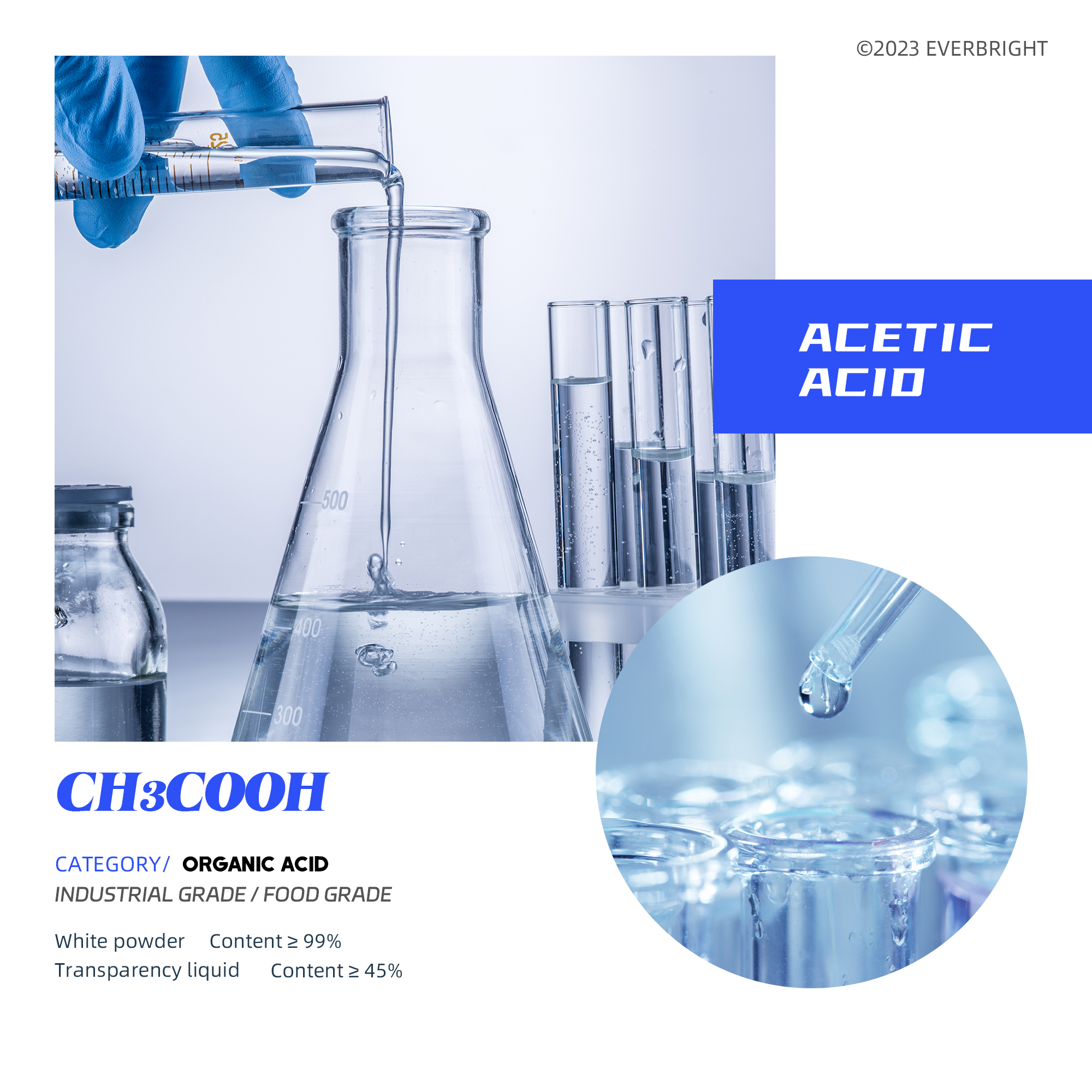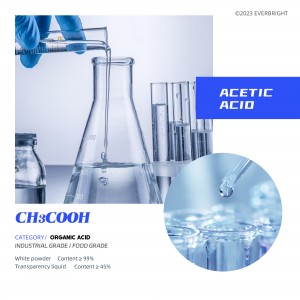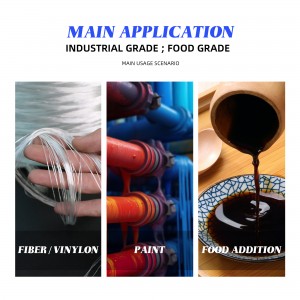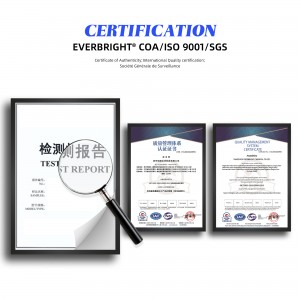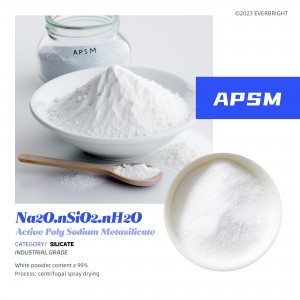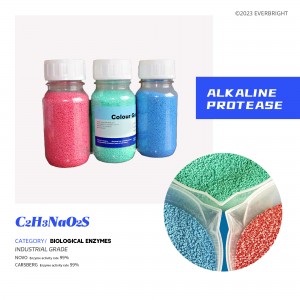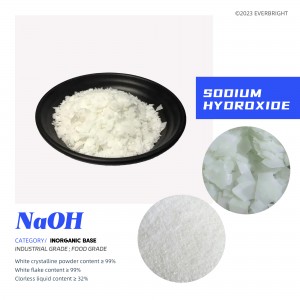Acetic acid
Product Details

Specifications provided
White powder Content ≥ 99%
Transparency liquid Content ≥ 45%
(Scope of application reference ‘product usage’)
The crystal structure of acetic acid shows that the molecules are bonded into dimers (also known as dimers) by hydrogen bonds, and the dimers also exist in the vapor state at 120 ° C. Dimers have high stability, and it has been proved that carboxylic acids with low molecular weight such as formic acid and acetic acid exist in the form of dimers in solid, liquid or even gaseous state through the method of molecular weight determination by freezing point reduction and X-ray diffraction. When acetic acid is dissolved with water, the hydrogen bonds between the dimers break quickly. Other carboxylic acids show similar dimerization.
EVERBRIGHT® ‘ll also provide customized :content/whiteness/particlesize/PHvalue/color/packagingstyle/ packaging specifications and other specific products that are more suitable for your use conditions , and provide free samples.
Product Parameter
64-19-7
231-791-2
60.052
Organic acid
1.05 g/cm³
Soluble in water
117.9 ℃
16.6°C
Product Usage

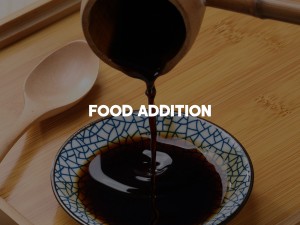
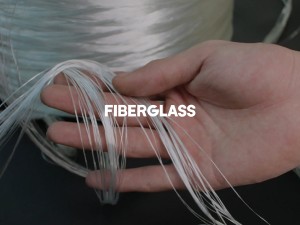
Industrial use
1. acetic acid is a bulk chemical product, is one of the most important organic acids. It is mainly used for the production of acetic anhydride, acetate and cellulose acetate. Polyvinyl acetate can be made into films and adhesives, and is also the raw material of synthetic fiber Vinylon. Cellulose acetate is used to make rayon and motion picture film.
2. the acetic ester formed by low alcohols is an excellent solvent, widely used in the paint industry. Because acetic acid dissolves most organic matter, it is also commonly used as an organic solvent (e.g. for the oxidation of p-xylene to produce terephthalic acid).
3. acetic acid can be used in some pickling and polishing solutions, in a weakly acidic solution as a buffer (such as galvanized, electroless nickel plating), in the semi-bright nickel plating electrolyte as an additive, in the passivation solution of zinc, cadmium can improve the bonding force of the passivation film, and commonly used to adjust the pH of the weakly acidic bath.
4. for the production of acetate, such as manganese, sodium, lead, aluminum, zinc, cobalt and other metal salts, widely used as catalysts, fabric dyeing and leather tanning industry additives; Lead acetate is paint color lead white; Lead tetraacetate is an organic synthesis reagent (for example, lead tetraacetate can be used as a strong oxidizing agent, provide a source of acetoxy and prepare organic lead compounds, etc.).
5. acetic acid can also be used as an analytical reagent, organic synthesis, pigment and drug synthesis.
Food use
In the food industry, acetic acid is used as an acidifier, flavoring agent and fragrance when making synthetic vinegar, the acetic acid is diluted to 4-5% with water, and various flavoring agents are added. The flavor is similar to that of alcoholic vinegar, and the manufacturing time is short and the price is cheap. As a sour agent, can be used for compound seasoning, preparation of vinegar, canned, jelly and cheese, according to the production needs of appropriate use. It can also compose the aroma enhancer of incense wine, the amount of use is 0.1 ~ 0.3 g/kg.





